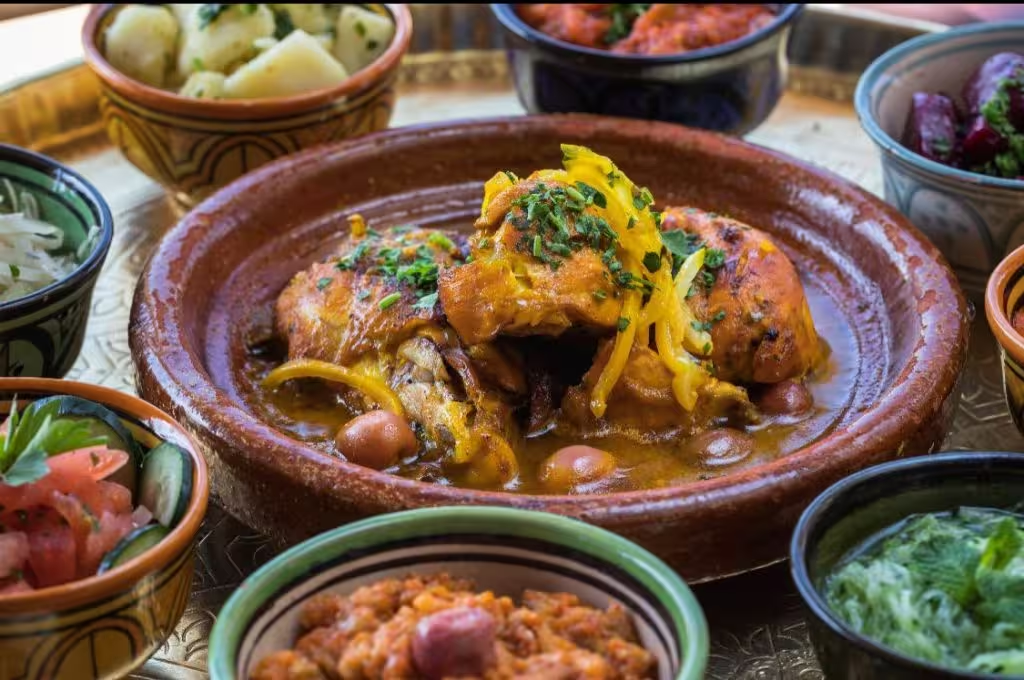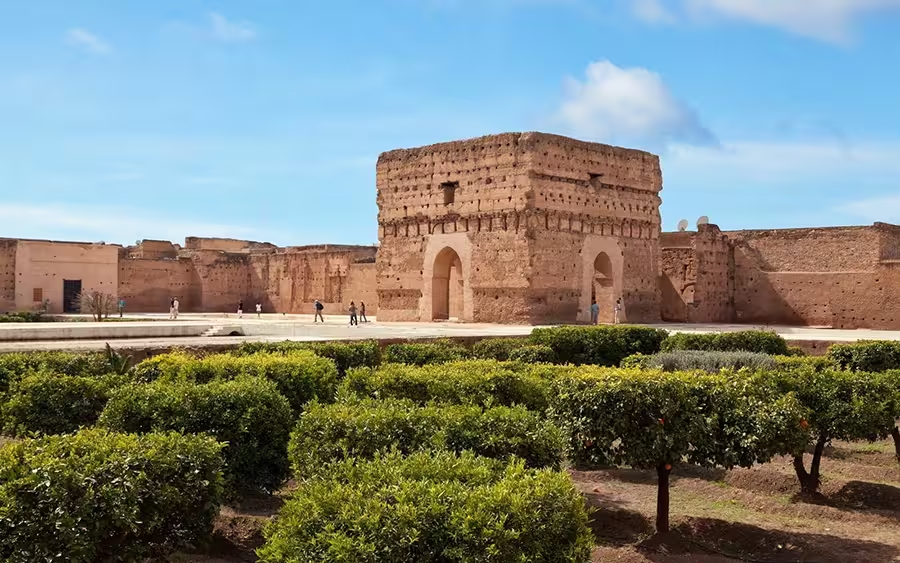The magnificent El Badi palace—which literally translates to "palace of the incomparable"—is situated south of Marrakech's medina and lives up to its name. It is imperative that you visit this historic site while in Marrakech. The palace features a terrace at the top with an amazing view of the city of Marrakech and the expansive esplanade with gardens. You can enjoy the opulent surroundings while listening to the melodies of storks and other songbirds.
The creation of the Palais
The El Badi palace took a minimum of sixteen years to construct and was reinforced in 1594. Not far from his private apartments, Sultan Ahmed al-Mansur Dhahbî had it constructed at the time. It was constructed in honor of the Saadian Empire's triumph over the Portuguese army and the conclusion of Portugal's invasion of Morocco in 1578, following the Battle of the Three Kings. The Sultan decided to use Moroccan and foreign engineers to build El Badi with the ransom from the Portuguese. The end result was an incredible architectural structure that some historians have dubbed the eighth wonder of the world.
Numerous people come to see the palace and its gardens. However, the hammam, prisons, and its subterranean system—which allowed servants and slaves to move around covertly—are what really let you get fully immersed in the place's history. You'll start to imagine what it was like for the people who spent a century razing different areas of the Palais El Badi.
The decline of the palace
Conflicts over the future sultan's succession erupted into a civil war in 1603, following the death of the sixth Moroccan sultan. The palace fell into decay for twenty-five years. Later, all of the wealth from the Palais El Badi was taken away to construct the royal palace in Meknes during the reign of Moulay Ismail. The mosaic and all of its exquisite materials were taken out of the palace over a twelve-year period, until the building eventually collapsed.
Site structure
You will notice remnants of past water features throughout your visit; these are now covered in orange trees. A basin spanning its whole width crosses the main square of the palace. The Museum of Photography and Visual Arts in the city can be reached via the bridge spanning this basin.
The subterranean portion of the Palace hosts several photographic exhibitions.
The Koutoubia minbar, a wooden pulpit used by the imam during prayer, is housed in an annex in the northern corner of the palace. It was once kept in the Koutoubia mosque and is among the most outstanding examples of Hispano-Moorish art.
The storks that perch atop the El Badi Palace's walls can also be seen if you look up, giving the location a mystical feel.
You can also see some of the other city landmarks in the vicinity. The Palais de la Bahia, the Bab Agnaou, and the Saadian tombs are all less than ten minutes' walk away.

